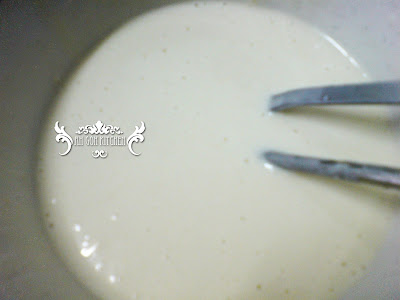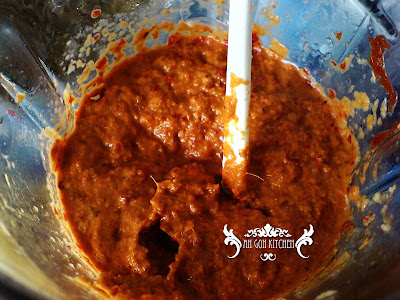Okonomiyaki or お好み焼きis a famous savoury Japanese pancake where you can find it at
every corner at Japan. It is originated from Osaka, Japan. Basically, most of the
ingredients are available in my country, Malaysia but not for the okonomi sauce
or Otafuku. Perhaps, you may get it easily now at hypermarkets which import
Japanese products.
My sakura trip
to Japan triggered me to buy those ingredients from Japan, planning to make it
once I was back. And I had both okonomi sauce and bonito flakes or katsuobushi.
Okonomiyakiお好み焼き
Batter
Ingredients:
2 cups flour
2cups water
¼ tspn chicken
stocks (optional)
Other ingredients:
1 Cabbage,
sliced
Chicken, sliced
Crab sticks,
sliced
1 Onion, sliced
Okonomi sauce/
otafuku
Bonito flakes/
katsuobushi
Mayonnaise
4 eggs
*You may add
any of your favourite ingredients like spring onion, bacon, sausage and seafood!
Method:
1. Whisk flour
and water until smooth before adding in chicken stock to form a batter.
2. Put suitable
amount of the batter into a bowl together with 1 egg, sliced cabbage, onion,
chicken, crab sticks and mix them together.
3. Heat up a
pan with some oil.
4. Add the
mixture on the pan and form pancake using spatula.
5. After few
minutes, flip over and cook for another few minutes until both sides turn
brown.
6. Add bonito
flakes onto the pancake before flipping over. (Notice the dancing bonito
flakes! It is really magical!)
7. Flip over again and now drizzle it with mayonnaise and okonomi sauce accordingly. (You may sprinkle it with seaweed flakes/aonori and bonito flakes)
8. Serve it while it is hot.















































